George Wallace Shot in Laurel, 1972
May 15, 1972… It was a little after 3pm when the South's most vocal segregationist stepped to the podium. Alabama Governor George Wallace was running for President of the United States and, with the Maryland Democratic primary a day away, the campaign trail had brought him to Laurel. From atop a stage in the Laurel Shopping Center parking lot, Wallace offered his distinct view of America.
Perhaps not surprisingly, given his infamous 1963 speech advocating “segregation now, segregation tomorrow, segregation forever,” Wallace’s 1972 campaign had started off as a one-issue crusade against busing, which had been implemented to integrate school districts across the country. But, he soon broadened his platform to “Send a Message to Washington” and fix what he declared was a detached and un-responsive government. By the time he reached Maryland, his national popularity was at its height.
At a morning rally in Wheaton, Wallace had been heckled with obscene chants and a few flying tomatoes. But the crowd in Laurel was more receptive. He received applause when he stepped away from the podium and made his way down from the stage. Mabel Speigle and her husband, Ross, stood near the front of the crowd. “Shake his hand, honey,” Ross told Mabel as the governor made his way over to crowd. Behind them, others pushed forward for their chance to press flesh with Wallace.
Suddenly, shots rang out. The governor fell back and hit the pavement as blood seeped through his shirt. Ross Speigle was stunned to see the man next to him holding a gun. As he told the Washington Post afterward, “I just climbed up on this man. I throwed my legs around him, grabbed by the head and down we went. The gun was still firing when we took him down.”[1] Other shots hit Alabama State Trooper Capt. E.C. Dothard, campaign volunteer Dora Thompson of Rogers Heights, Maryland and Secret Service agent, Nick Zarvos.
Wallace's wife, Cornelia, rushed to her husband and sprawled on top of him as Prince Georges County police helped Speigle subdue the gunman. A campaign spokesman took the microphone and pleaded with the crowd to clear the way so that the ambulance could get to the victims. Wallace was taken to Holy Cross Hospital in Silver Spring and immediately went into surgery, which would last five hours.
Given his stance on integration, Wallace was a very controversial figure who had made plenty of enemies over the years. The fact that he might be a target was not lost of him, as he had told his spokesman Joseph Azbell at the beginning of the campaign, “Joe, there is always that threat that some nut is going to come along… I can’t worry about what might happen. What I must worry about is winning this campaign.”[2]
In Laurel, the words proved prophetic, though the motivations for the attack might have been a bit of a surprise. As police and the press investigated the gunman, 21-year-old Arthur Bremer from Milwaukee, it became clear that the assassination attempt had little to do with politics. In fact, acquaintances described him as an “a-political” loner and his writings suggested that he had no issue with Wallace's hard-line stance on segregation.[3] Rather, Bremer was singularly obsessed with gaining personal fame and saw a political assassination as his way to achieve it.
As he wrote in his journal two months before the assassination attempt, “Now I start my diary of my personal plot to kill by pistol either Richard Nixon or George Wallace…. to do SOMETHING BOLD AND DRAMATIC, FORCEFULL & DYNAMIC, A STATEMENT of my manhood for the world to see.” Soon determining that Nixon would be too difficult to kill, Bremer began attending Wallace campaign rallies looking for his opportunity. In the weeks before the Laurel stop, he had seen the Governor's appearances in Wisconsin, Michigan and elsewhere.[4]
Despite the would-be assassin’s lack of interest in politics, the shooting did have potentially serious political ramifications. As Roy Innis, head of the Congress of Racial Equality said, “One might be tempted to say this is this case: the chicken came home to roost. But that would be unkind. It would be a tragedy if Wallace died…. If he lives, it would also be a tragedy for him to become a national hero elected to the presidency on sympathy votes.”[5]
As it turned out, George Wallace did survive the attack and he won the Democratic primary in Maryland. But the shooting paralyzed him from the waist down and effectively ended his quest for the White House. Bremer, meanwhile, was sentenced to 53 years in prison. His actions inspired the fictional character of Travis Bickle, played by Robert DeNiro, in Taxi Driver – a movie that inspired another would-be Beltway assassin, John Hinckley, Jr.
For more information on the Wallace shooting, check out the videos below:
ABC News report on shooting from May 15, 1972
Segment from the 2000 American Experience film, George Wallace: Settin’ the World On Fire, which aired on PBS
Footnotes
- ^ Meyer, Lawrence, “'Gun Still Firing' as Bystander Wrestled Suspect to the Ground,”Washington Post, 16 May 1972: A1.
- ^ Chapman, William, “Wallace: ‘I just can’t worry about some nut…’,” Washington Post, 16 May 1972: A10.
- ^ Cohen, Richard M. “Milwaukee Man Held as Suspect,” Washington Post, 16 May 1972: A1.
- ^ “Portrait of an Assassin: Arthur Bremer,” American Experience on PBS.org. Accessed 23 Jun 2015. http://www.pbs.org/wgbh/amex/wallace/sfeature/assasin.html
- ^ Green, Stephen, “Friends, Foes Shocked: Wallace's Friends and Foes United in Shock, Sorrow,” Washington Post, 16 May 1972: A1.


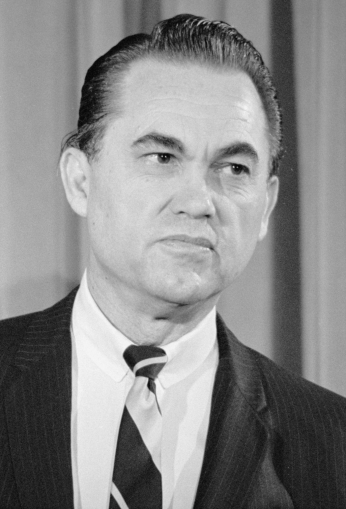
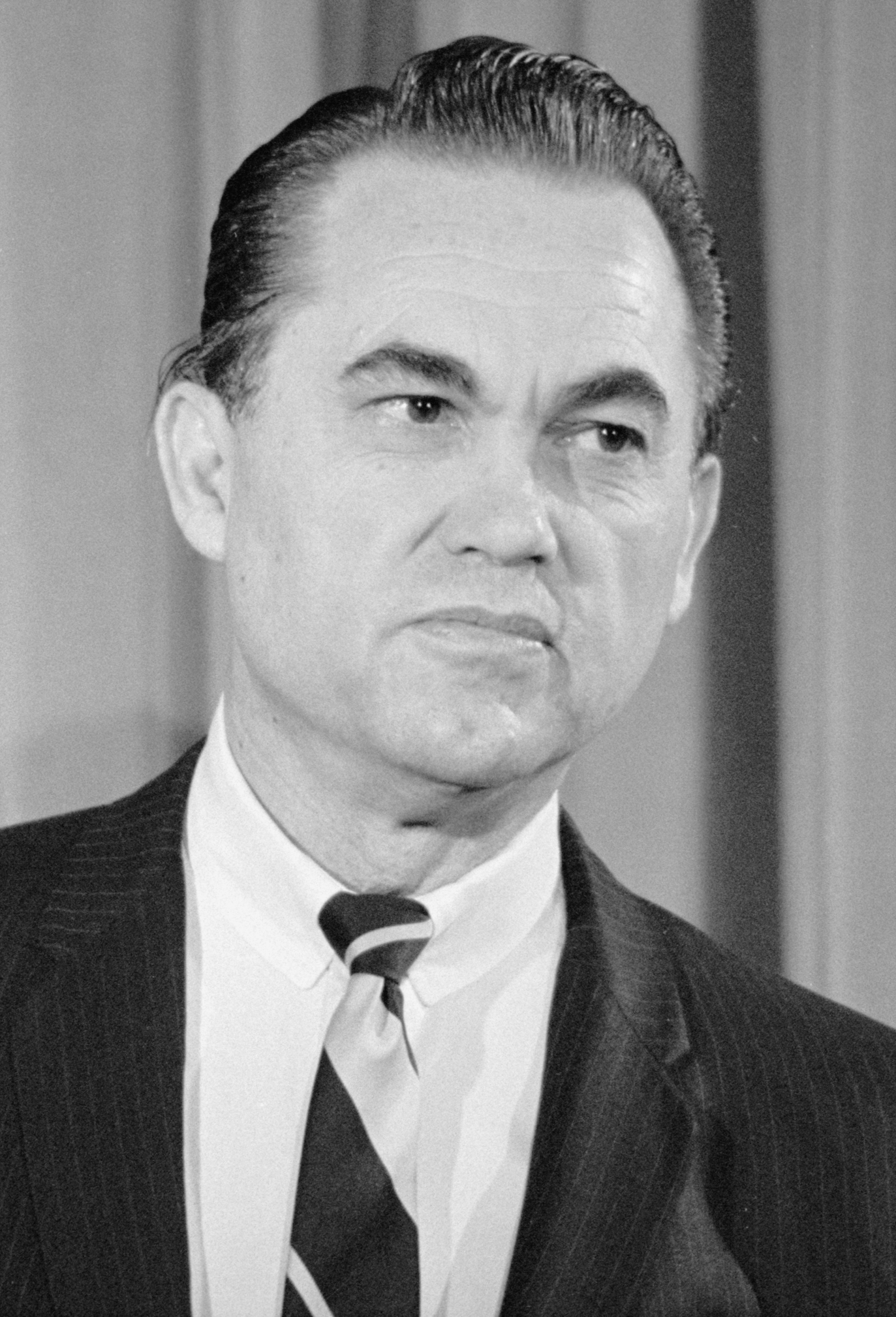
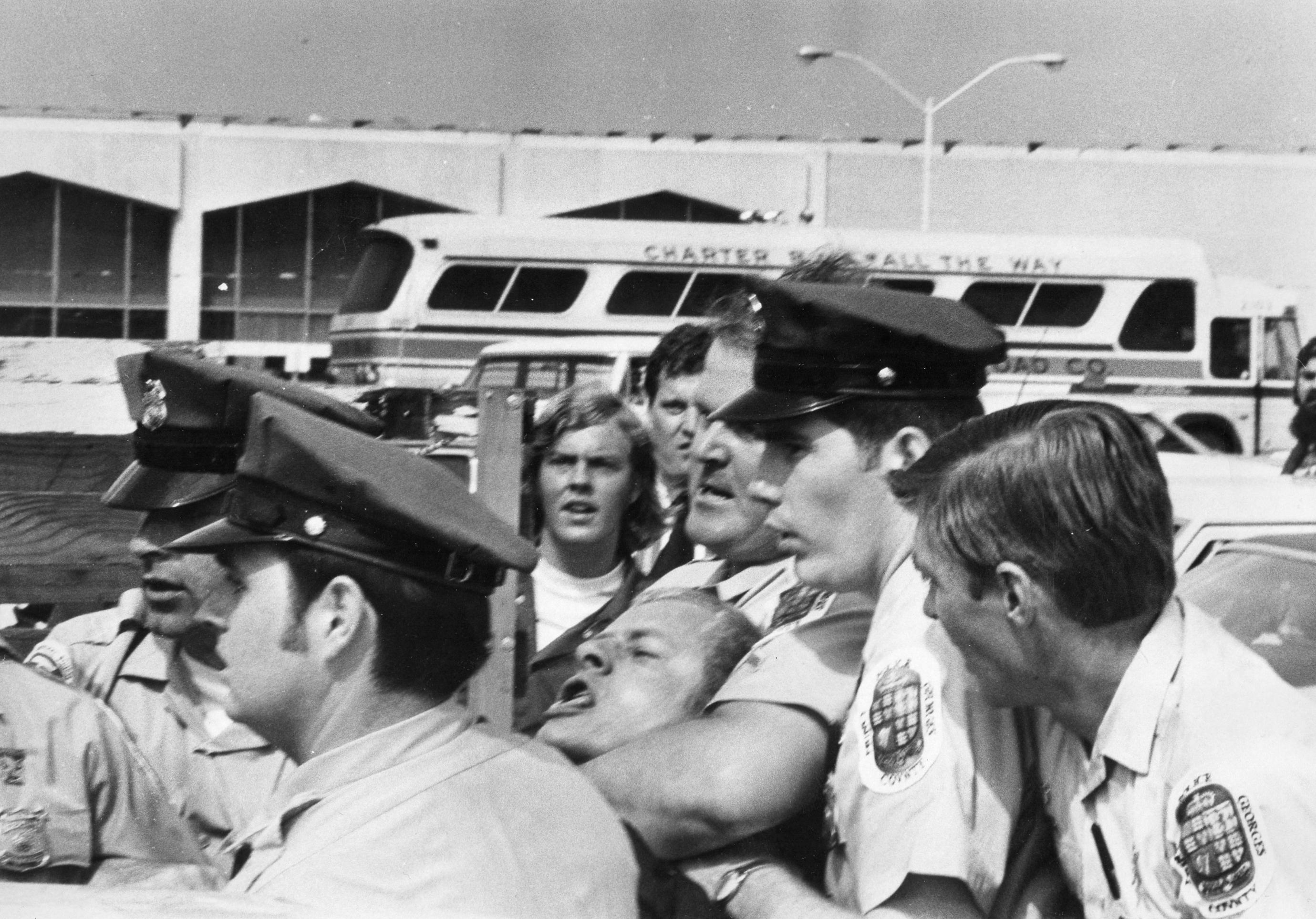
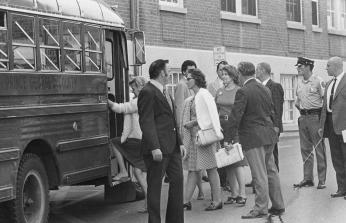
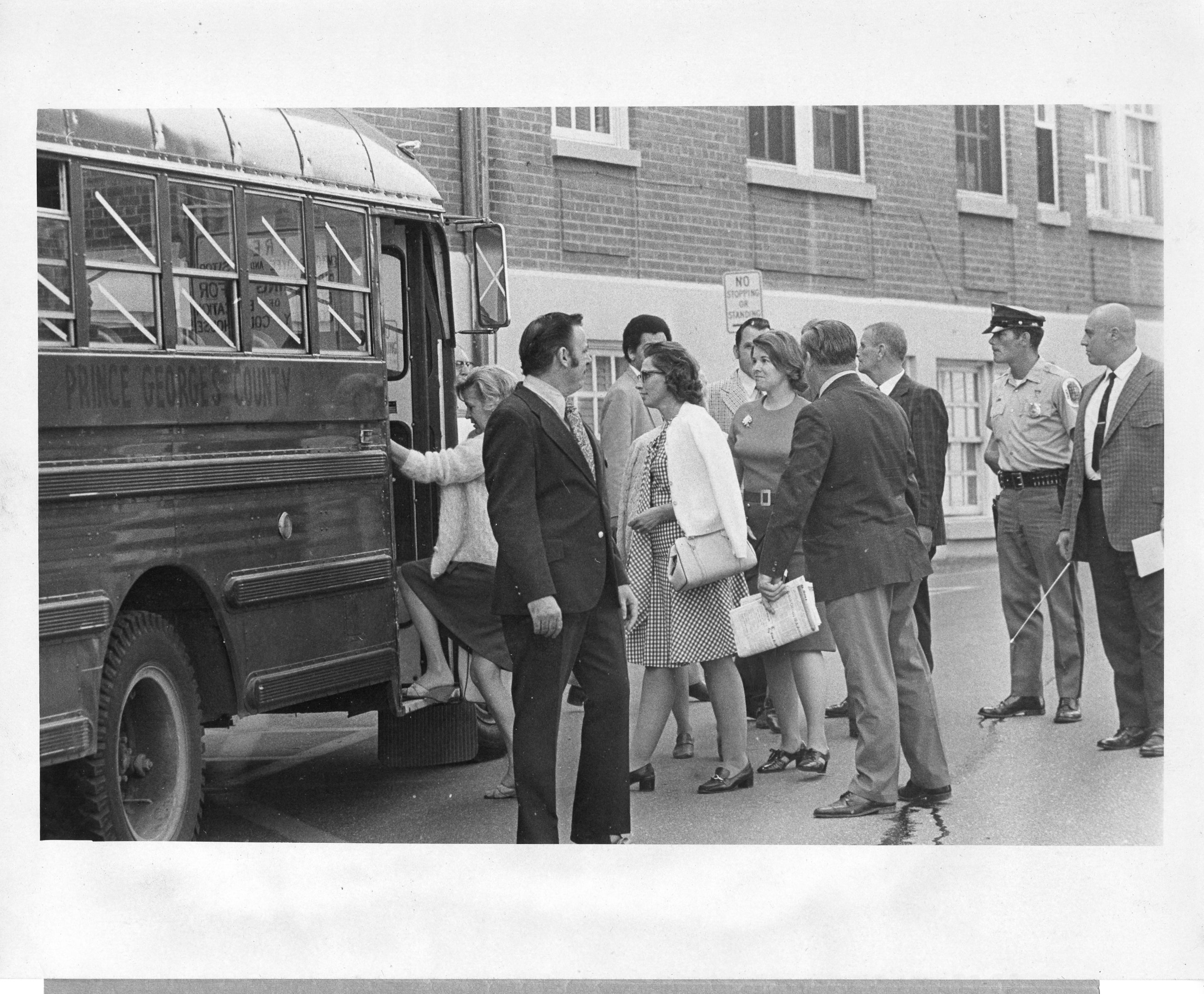

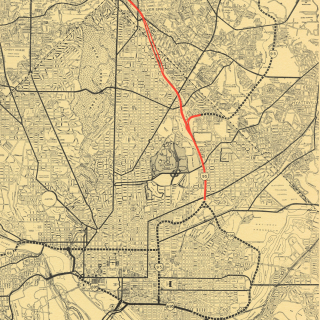
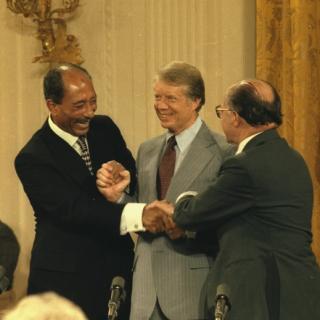
![Sketch of the mythical fuan by Pearson Scott Foresman. [Source: Wikipedia]](/sites/default/files/styles/crop_320x320/public/2023-10/Goatman_Wikipedia_Faun_2_%28PSF%29.png?h=64a074ff&itok=C9Qh-PE1)












